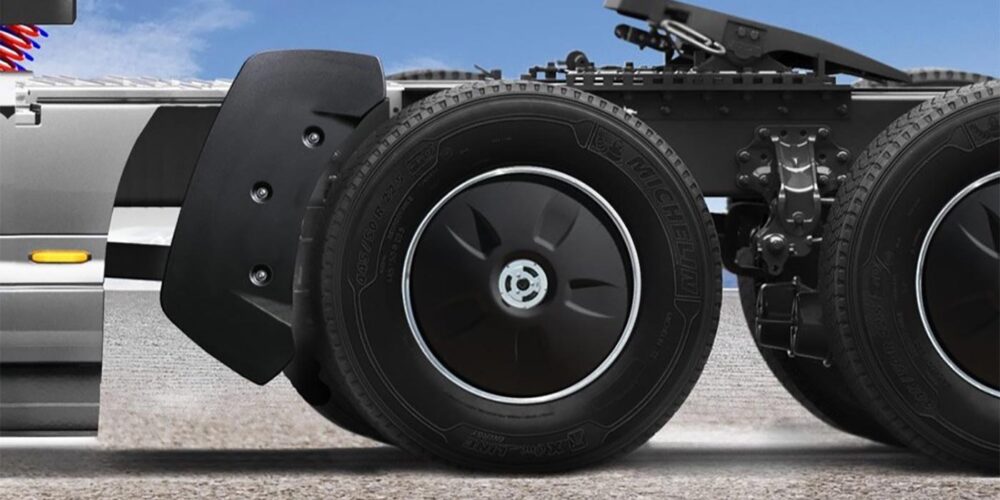Instead of being a curmudgeon this month, I’m going to be very positive—you can now call me “Bubbles” Martin. I’ve actually witnessed some legislative progress, which may lead us to a much-needed national energy policy.
Congressmen from Missouri and Nebraska recently introduced three bills related to the use of natural gas in the trucking industry. One of these bills, H.R.3937, would create a task force to study the feasibility and effectiveness of using natural gas in long-haul trucking. It will also identify possible barriers to fleets’ wide-spread acceptance of natural gas.
A second bill, H.R.3938, requests the Secretary of Transportation to designate natural gas refueling corridors for long-haul truck users. A third bill asked for higher weight limits, equal to the additional weight needed to support natural gas fueling systems, for fleets converting to natural gas so they can remain freight competitive with their diesel-fueled peers.
Even President Obama spoke favorably about natural gas in his “State of the Union” address. Let’s hope he puts some muscle behind these words. Additionally, the senior senator from Montana, Chairman of the Senate Finance Committee, released a discussion draft of possible reforms to the existing energy tax provisions. His proposal establishes tax credit rates based on carbon reduction efficiencies. In the near term, the bill would extend many currently expired tax credits for alternate fuels through Dec. 31, 2016.
The visionary part of his proposal, which can be found at www.finance.senate.gov, is how it treats energy categories after 2016 in an attempt to relieve the energy tax credit chaos that currently exists. He proposes the creation of two broad categories—one for clean electricity production and another for clean transportation fuels production.
In both cases, fuel producers would be allowed to elect between either 10-year production tax credits or an investment tax credit for building new facilities. The amount of these credits would be determined by using a formula representing the environmental effectiveness associated with the technology employed. In other words, the “cleaner” the fuel producer (based on CO2 emissions), the larger the tax credits would be.
If our legislators can get behind this proposal and properly work out all the details, this could become the national energy policy we so badly need. This should mean higher tax credits for things such as biogas and cellulosic ethanol and reduced or lower tax credits for corn-based ethanol. It’s rare to see this level of reason from our legislators!
I’m also very enthused to learn that the University of Illinois is vigorously field testing the production ethanol using miscanthus. They’re researching various planting, cultivating, and production techniques to optimize yield per acre. Miscanthus looks to be a very effective feed stock since it uses soil nutrients very efficiently, and it grows in relatively cooler climates.
Thus far, researchers have learned that miscanthus is best suited for areas that receive at least 30 in. of annual rainfall. Yields are more than 10 tons of dry matter per acre, and the best time to harvest is when the plants contain less than 20% water. They have also found that proper harvest technique is to leave 2 to 4 in. of “stubble” above ground to promote rapid regrowth.
From my point of view, the more things such as algae, miscanthus and switch grasses can be used to generate electrical power, the less pressure that puts on natural gas prices. Managed properly, natural gas prices could be much more stable than diesel prices over the next several years.














